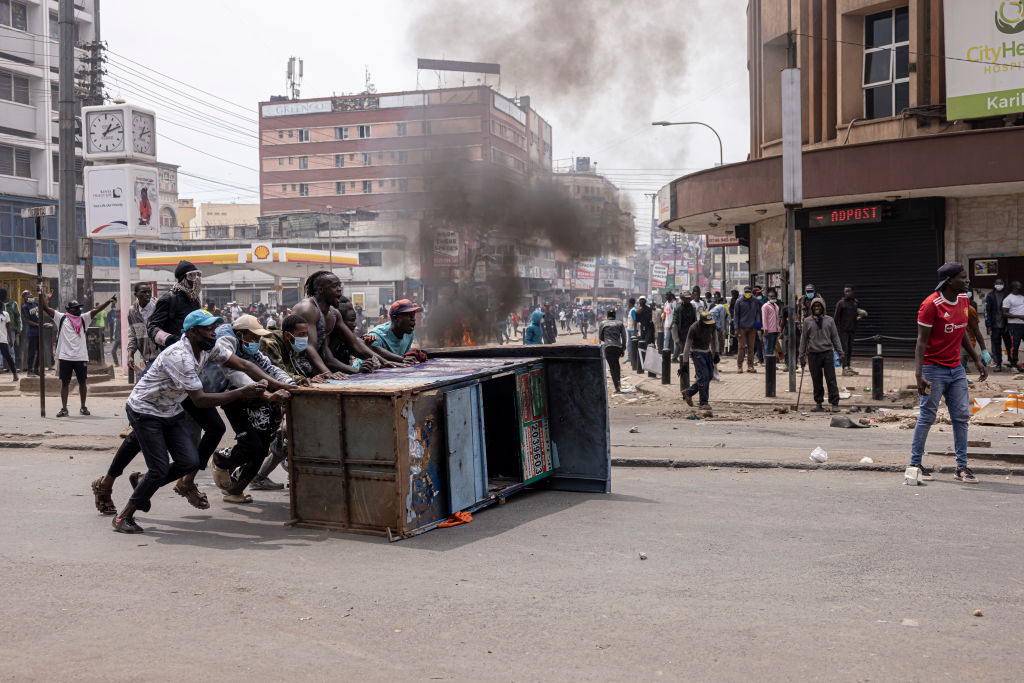- cross-posted to:
- china@sopuli.xyz
- africa@baraza.africa
- cross-posted to:
- china@sopuli.xyz
- africa@baraza.africa
Cross posted from: https://beehaw.org/post/15094770
Developing countries owe China an estimated $1.1 trillion, and more than 80% of China’s loans are to countries experiencing financial distress, according to AidData, a research lab at William & Mary. Despite this, China rarely agrees to loan forgiveness or principle reduction, preferring to negotiate longer repayment plans on a case-by-case basis.
-
Despite promises of two-way trade, African exporters have little access to Chinese markets for their goods. Most of China’s imports from the continent are oil, gas and minerals.
-
The result is a more one-sided relationship than China says it wants… One that is dominated by imports of Africa’s raw materials and that some analysts argue contains echoes of colonial-era Europe’s economic relations with the continent.
-
With the annual Forum on China-Africa Cooperation (FOCAC) set to take place in September, China is expected to announce new projects in Africa. But its lending practices are coming under scrutiny. Several countries that have taken on debt have found themselves forced to make drastic cuts to domestic programs or raise taxes in order to repay the loans.
-
Kenya, for example, spends about 60% of its revenue on debt payments, with about one-third of that money going to pay the interest on loans.



Kenya spends USD 1 billion in a year to repay Chinese loans, burdening taxpayers — (archived version)